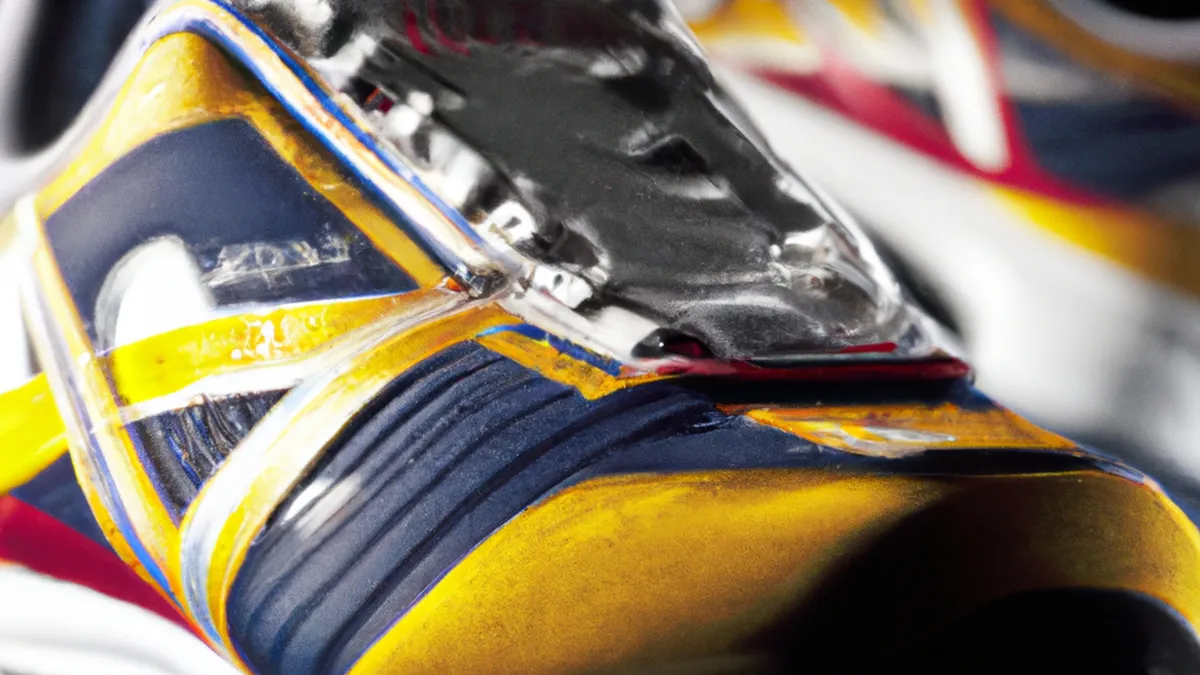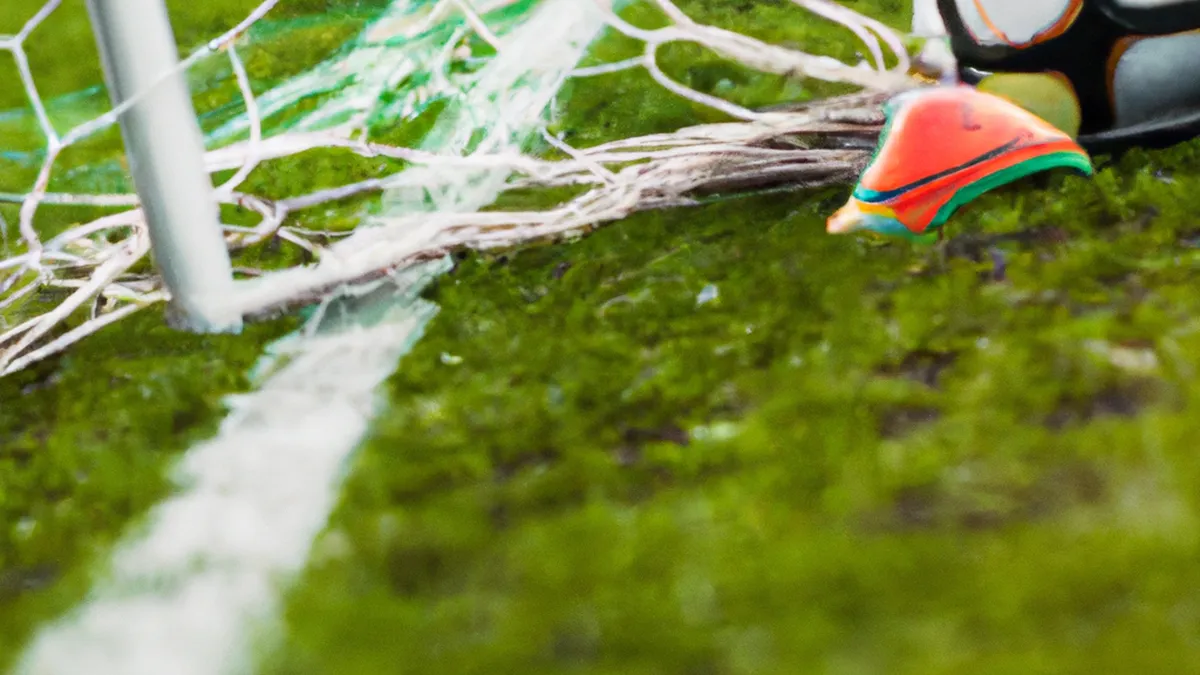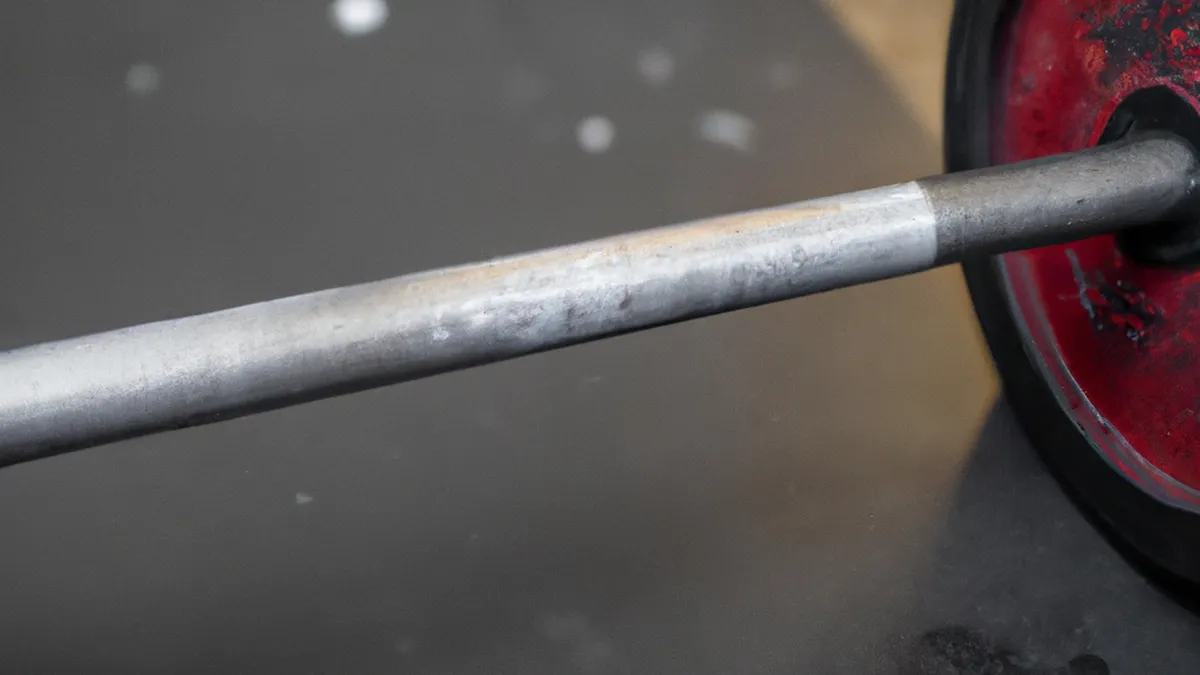Foot Strike Techniques for Better Performance
Proper Foot Strike Techniques: A Guide for RunnersRunning offers many health benefits, including improved cardiovascular fitness and enhanced mental well-being. However, many runners ignore foot strike, a crucial aspect of running technique. Understanding and optimizing foot strike can enhance performance and reduce injury risk. This guide explores effective foot strike techniques, the science behind them, and practical tips for better running.
Understanding Foot Strike
Foot strike describes how your foot contacts the ground while running. Runners typically exhibit three primary types of foot strikes:
1. Heel Strike
Heel striking happens when the heel contacts the ground first. Many recreational runners use this technique. While it provides stability, it can cause excessive impact on joints, especially knees and hips. Heel strikers often experience a braking effect, slowing them down and increasing injury risk.
2. Midfoot Strike
Midfoot striking involves landing on the middle part of the foot. This technique promotes a natural running form and evenly distributes impact forces. Many elite runners prefer this method for its speed and lower injury risk. Midfoot strikers usually display a balanced and fluid running style.
3. Forefoot Strike
Forefoot striking occurs when the ball of the foot touches the ground first. This technique enhances push-off power and acceleration, appealing to sprinters and fast runners. However, it requires strong calf muscles and can cause fatigue if misused. Runners should select a technique that matches their body mechanics and natural style.
Tips for Improving Foot Strike
As an Amazon Associate I earn from qualifying purchases.
Gear tip: consider running shoes, running headlamp, and gps running watch to support this topic.
To enhance your foot strike and improve running performance, consider these tips:
1. Focus on Form
Maintain proper form for an effective foot strike. Keep your body upright, relax your shoulders, and position your arms at a 90-degree angle. Look forward, engage your core, and avoid unnecessary tension. This posture promotes balance and efficiency in your foot strike.
2. Shorten Your Stride
Avoid overstriding, which occurs when your foot lands too far in front of your body. This can lead to a heavy heel strike and increased impact forces. Instead, aim for shorter strides with quick, light steps. A shorter stride helps maintain efficiency and reduces injury risk. It also allows your foot to land directly beneath your center of gravity, enhancing alignment and balance.
3. Increase Cadence
Cadence refers to the number of steps taken per minute. Increasing cadence can lower injury risk and promote an efficient foot strike. Research indicates that a higher cadence benefits runners.
Conclusion
Understanding foot strike techniques can enhance your running performance. Focus on proper form, shorten your stride, and increase cadence for optimal results.
Below are related products based on this post:
FAQ
What is foot strike in running?
Foot strike refers to the manner in which your foot makes contact with the ground during running. There are three primary types: heel strike, midfoot strike, and forefoot strike, each with distinct characteristics and implications for performance and injury risk.
What are the benefits of a midfoot strike?
A midfoot strike promotes a natural running form and evenly distributes impact forces, which can lower the risk of injury. Many elite runners prefer this method due to its efficiency and speed, resulting in a balanced and fluid running style.
How can I improve my foot strike?
To improve your foot strike, focus on maintaining proper form, shortening your stride, and increasing your cadence. These adjustments can enhance your running efficiency and reduce the likelihood of injuries associated with improper foot strike techniques.















Post Comment